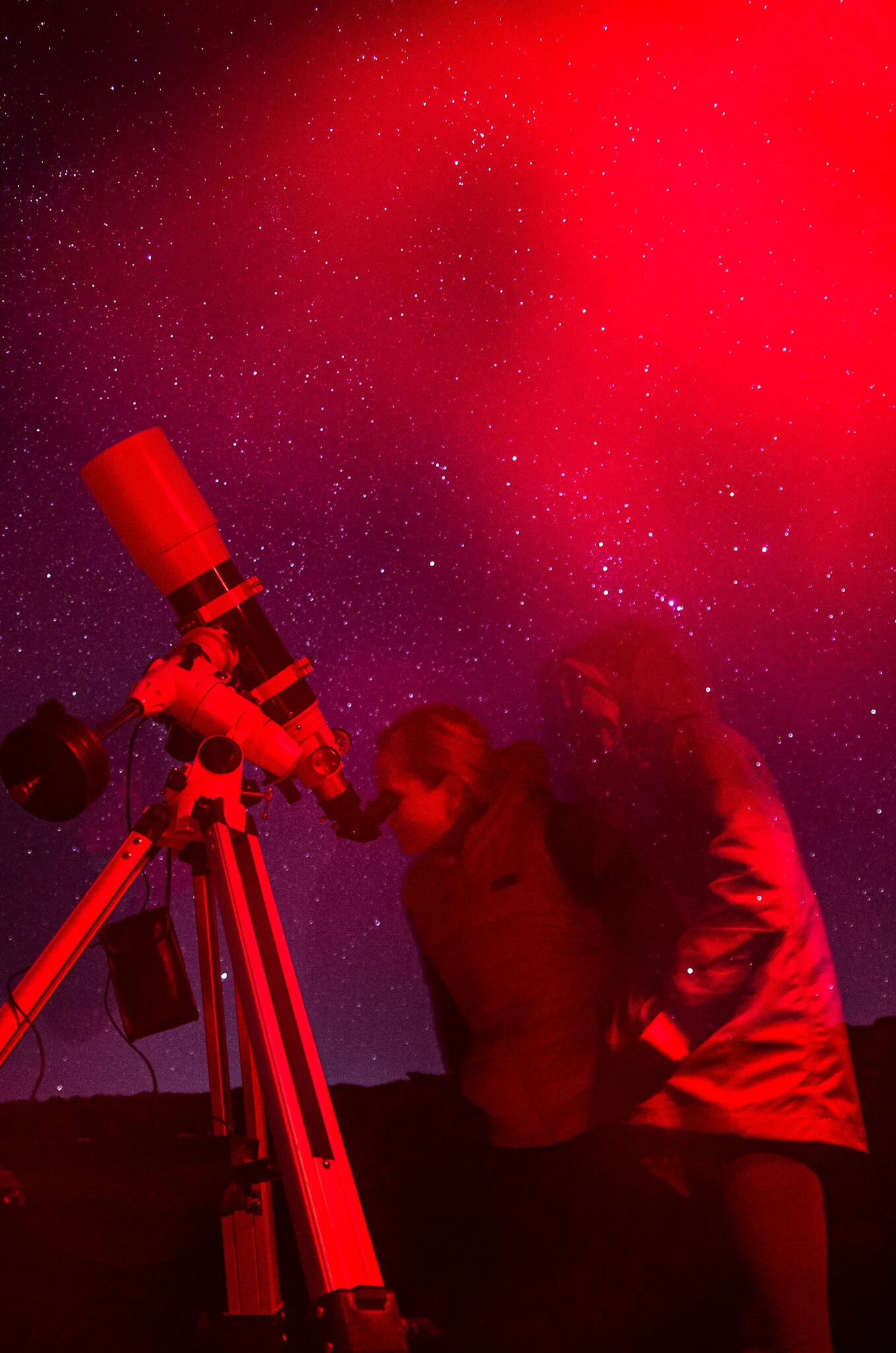….
This new year 2020 brings us the beautiful sky of the winter, dominated by the powerful giant Orion, the mythical hunter always accompanied by his faithful dogs. Not far from there, our attention is attracted by the Seven Sisters, the Pleiades, as well as the twins Castor and Pollux, protagonists of decades of adventures in the Greek-Roman mythology and now painted in the firmament as the constellation of Gemini. This part of the sky, very wonderful with naked-eyes too, is revealing us its multiple and unsuspected treasures when we observe it through a telescope: from the famous Orion Nebula, in the center of the sword of the mythical hero – a true young-star nursery, located at some 1400 light-years from us – to the astonishing open cluster M35, near Castor's feet.
And in the night between the 3rd and the 4th, if the weather is favorable, we shall enjoy the visit of the shooting-star shower of the Quadrantids, usually of short duration but rich in bright meteors. We shall have to look at the North after midnight, when the Moon, in her First Quarter, sets down on the West. If we desire to visit our satellite, the first 10 days of this month is the best moment to search for her secrets through a telescope: enormous lava seas, highest ranges of mountains, big and small craters, all leaving everyone astonished.
Clear skies to everybody!
..
Este nuevo año 2020 empieza trayéndonos el magnífico cielo del invierno, donde destaca el poderoso gigante Orión, el mítico cazador eternamente acompañado por sus fieles perros. No lejos de allí, nos llaman la atención las Siete Hermanas, las Pléiades, que aquí popularmente se conocen como las Cabrillas, así como los mellizos Cástor y Pólux, protagonistas de decenas de aventuras en la mitología griego-romana y ahora refigurados en el Firmamento en la constelación de Gémini. Esta zona del cielo, ya muy llamativa a simple vista, nos revela múltiples tesoros inesperados en cuanto la observemos con un telescopio: desde la famosa Nebulosa de Orión, el centro de la espada del mítico héroe - auténtico criadero de jóvenes estrellas a unos1400 años luz de nosotros - al fantástico cúmulo abierto M35, a los pies de Cástor. Y en la noche entre el 3 y el 4, si el tiempo nos acompaña, tenemos también la visita de la lluvia de estrellas Cuadrántidas, habitualmente de corta duración pero rica en meteoros brillantes. Habrá que mirar hacia el Norte a partir de la medianoche, cuando la Luna en Cuarto Creciente se ponga en el horizonte Oeste. Si nos ilusiona visitar a nuestro satélite, la primera decena del mes es el momento más adecuado para escudriñar sus secretos a través del telescopio: enormes mares de lava, altísimas cadenas de montañas, cráteres pequeños y grandes que no dejan de sorprender a todos los que los admiran.
¡Cielos despejados para todos!
….

